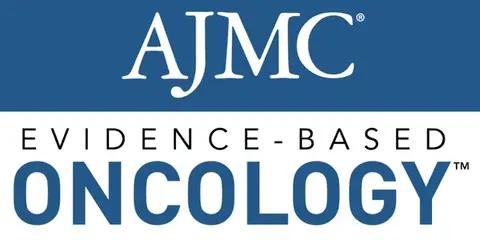Article
New ECPR Protocol Shows Increase in Survival of Some Cardiac Arrest Patients
Author(s):
A new protocol is being tested at The Ohio State University Wexner Medical Center called an ECPR alert. The alert is designed for usage after ventricular fibrillation has been administered 3 times and the patient has remained in this rhythm.
A new protocol is being tested at The Ohio State University Wexner Medical Center to treat patients going through cardiac arrest called an ECPR alert.
The protocol is being administered pre-hospital life support through combined efforts from Ohio State cardiologists and the Columbus Division of Fire. Currently, there is limited availability for this potentially life-saving protocol in the United States.
According to Wexner Medical Center, only about 10% of people survive a sudden cardiac arrest that happens outside of a hospital, and even fewer survive with normal neurologic function. The ECPR alert is designed to change those numbers by providing a protocol for treatment.
“This protocol is for people who are in ventricular fibrillation or refractory ventricular tachycardia, which are irregular heart rhythms that aren’t compatible with life and resist being shocked back to normal,” said Ernest Mazzaferri Jr, MD, medical director of The Ohio State University Richard M. Ross Heart Hospital. "Typically, if they don’t respond to getting shocked, these patients would die in the field because we didn’t have any options to save them. Now, in certain situations, we have had patients survive and walk out of the hospital."
The ECPR alert is implemented after Columbus emergency medical services (EMS) personnel have administered normal protocol for ventricular fibrillation and the patient has remained in this rhythm following 3 attempts. The EMS then call an ECPR alert in to The Ohio State Wexner Medical Center where a team is assembled and waiting in the cardiac catheterization lab for the patient’s arrival.
Once inside the catheterization lab, the patient is then put on extracorporeal membrane oxygenation (ECMO) which takes over the function of the heart and lungs and allows the organs to rest while surgeons identify the problem.
The new ECPR protocol has reportedly only been tested in a few small studies recently, and so far, the limited data shows an increase of about 40% chance of survival.
“We certainly need more trials and more data, but we’re hopeful this will be like the STEMI program for treating heart attacks faster,” said Mazzaferri. "Ten years ago, that was under investigation just like ECPR is now. Perhaps some years from now, ECPR will be more routine and saving more lives across the United States."





